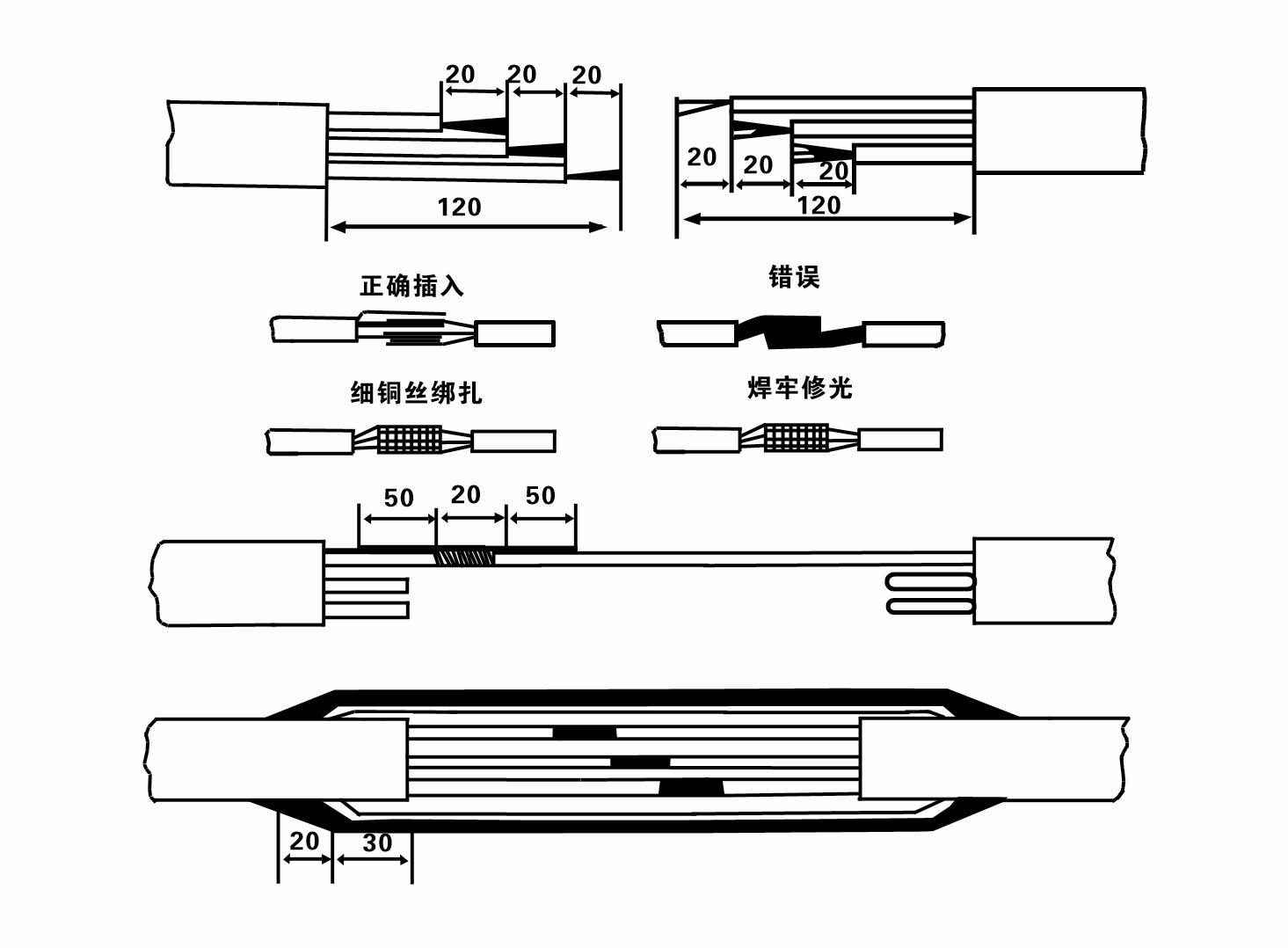Nov . 02, 2024 04:27 Back to list
installing a submersible pump
Installing a Submersible Pump A Step-by-Step Guide
Installing a submersible pump can be a rewarding DIY project that provides a reliable solution for managing water in various applications, such as basements, wells, and irrigation systems. This article will guide you through the essential steps for a successful installation, ensuring your pump operates efficiently.
1. Choosing the Right Pump
Before installation, it’s crucial to select the appropriate submersible pump for your needs. Consider factors such as the depth of the water source, the flow rate required, and the total head (the vertical distance the pump must lift the water). Consult with experts or refer to manufacturer specifications to make an informed choice.
2. Safety Precautions
Safety should always be a top priority. Before starting, ensure you are wearing protective gear, such as gloves and goggles. Disconnect power to the area where you will be working. Familiarize yourself with the specific precautions related to both electrical and water hazards inherent in your installation site.
3. Preparing the Location
The installation site should be accessible and suitable for a submersible pump. If it's for a well, ensure that the well casing is intact and the water level is appropriately measured. For sump applications, the pit should be clean and free of debris.
4. Electrical Considerations
installing a submersible pump

Most submersible pumps require a dedicated circuit. Check local electrical codes to ensure compliance. Use a GFCI (Ground Fault Circuit Interrupter) for added safety. Install a switch or a control panel above water level to safely operate the pump without risking electric shock.
5. Installing the Pump
Lower the submersible pump straight down into the well or basin. Ensure it is positioned on a stable surface to avoid tipping or shifting. Use a pump base or a strainer to prevent debris from entering the pump.
Attach a discharge pipe to the pump outlet. Ensure all connections are tight and appropriately sealed to avoid leaks. If your pump requires a check valve, install it vertically in the discharge pipe to prevent backflow.
6. Testing the System
Once installed, restore power to the pump. Test the system by turning on the pump and checking for proper operation. Monitor the discharge rate and ensure there are no leaks or abnormal noises. It may take a few cycles for the pump to operate smoothly if it's the first run.
7. Maintenance Tips
To ensure the longevity and efficiency of your submersible pump, perform regular maintenance. Check for any signs of wear, clean the intake screen, and keep the electrical connections free from moisture. Regular inspections can prevent unexpected failures and costly repairs.
In conclusion, installing a submersible pump requires careful planning and execution. By following these steps, you can enjoy a dependable water control solution for your home or landscape, contributing to an efficient water management system.
-
Water Pumps: Solutions for Every Need
NewsJul.30,2025
-
Submersible Well Pumps: Reliable Water Solutions
NewsJul.30,2025
-
Stainless Steel Water Pumps: Quality and Durability
NewsJul.30,2025
-
Powerful Water Pumps: Your Solution for Efficient Water Management
NewsJul.30,2025
-
Oil vs Water Filled Submersible Pumps: Which is Better?
NewsJul.30,2025
-
Deep Well Pumps: Power and Reliability
NewsJul.30,2025
-
 Water Pumps: Solutions for Every NeedWhen it comes to handling dirty water, the dirty water pump is a must-have.Detail
Water Pumps: Solutions for Every NeedWhen it comes to handling dirty water, the dirty water pump is a must-have.Detail -
 Submersible Well Pumps: Reliable Water SolutionsWhen it comes to ensuring a reliable water supply, submersible well pumps are a top choice.Detail
Submersible Well Pumps: Reliable Water SolutionsWhen it comes to ensuring a reliable water supply, submersible well pumps are a top choice.Detail -
 Stainless Steel Water Pumps: Quality and DurabilityWhen it comes to choosing a water pump, the stainless steel water pump price is a crucial factor.Detail
Stainless Steel Water Pumps: Quality and DurabilityWhen it comes to choosing a water pump, the stainless steel water pump price is a crucial factor.Detail
